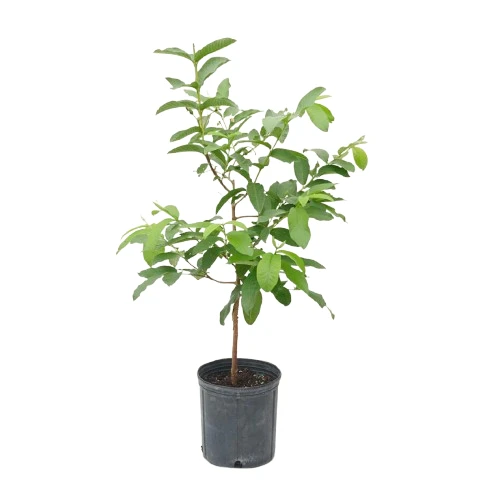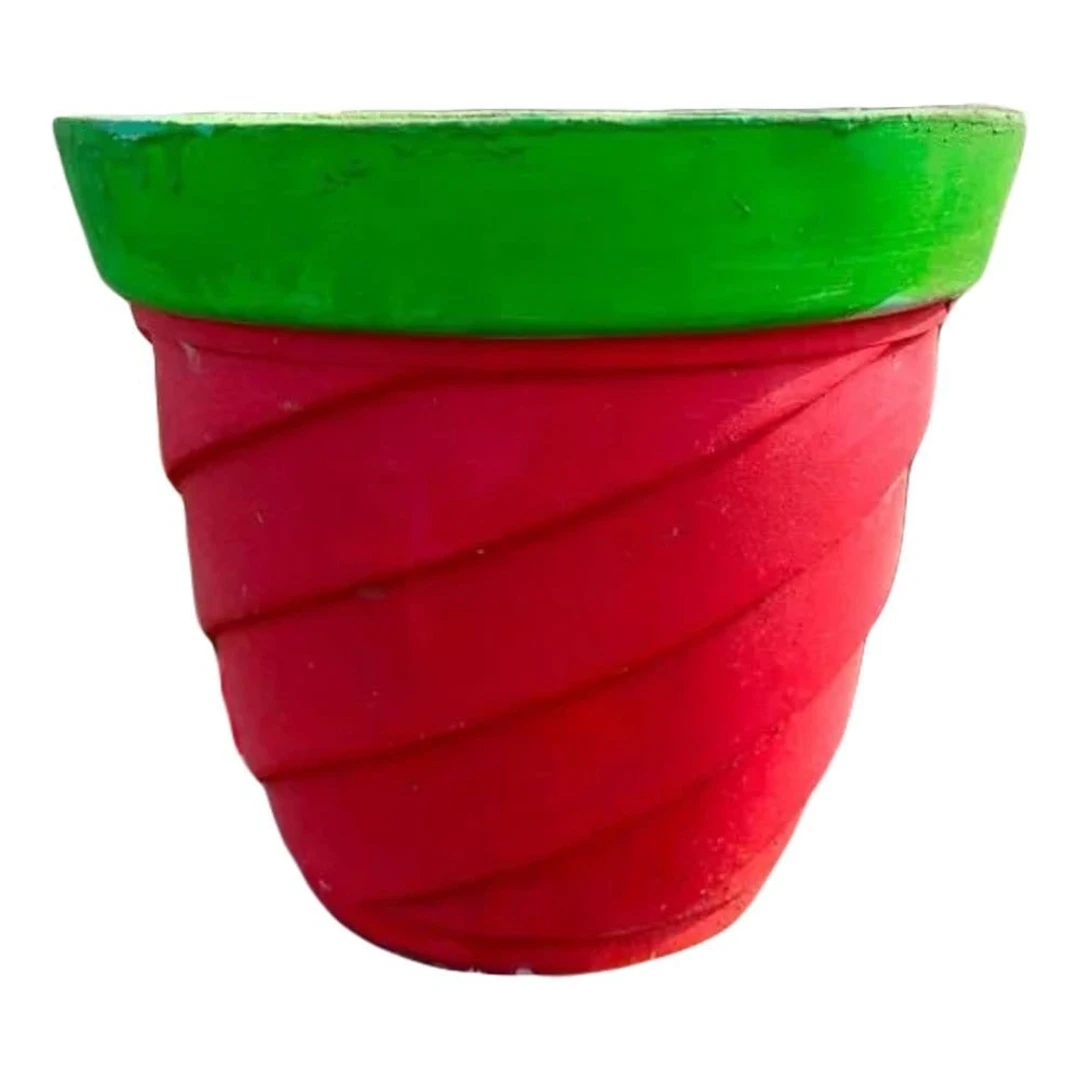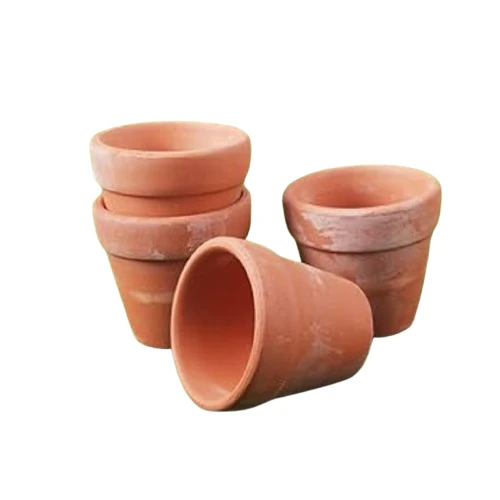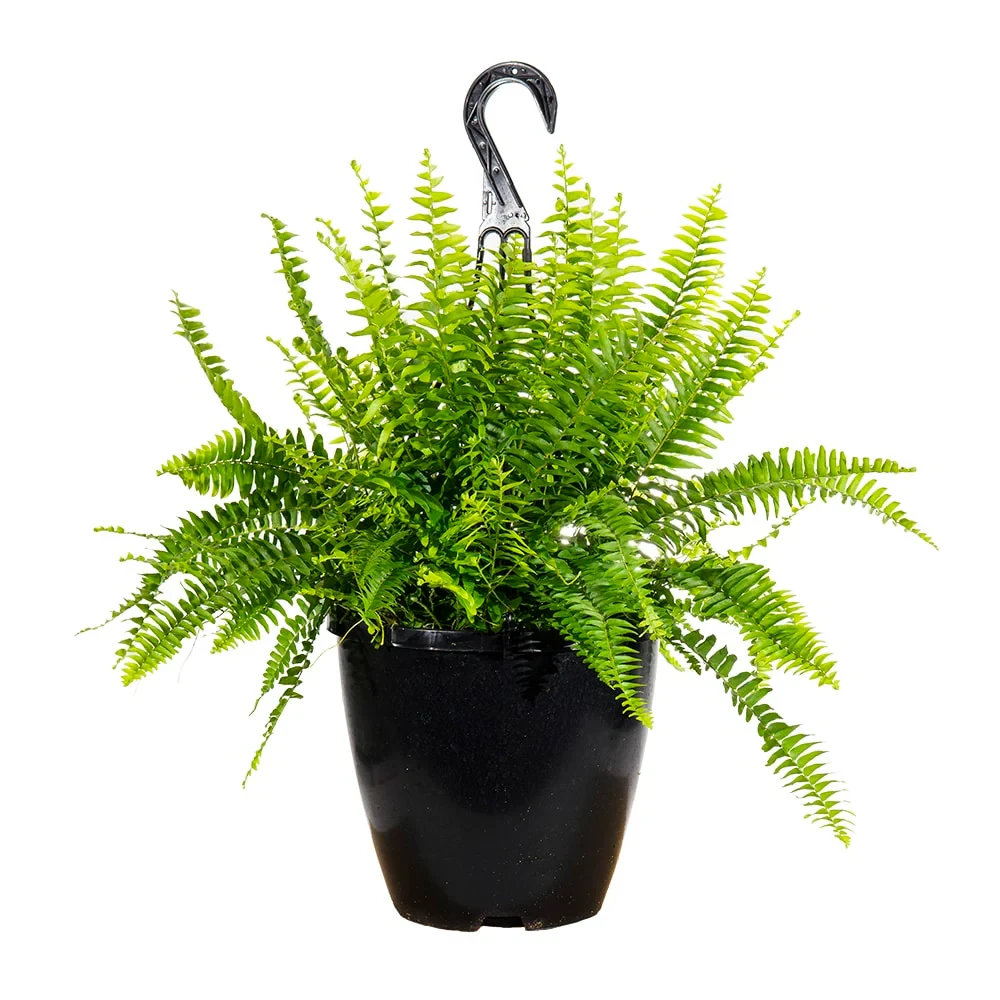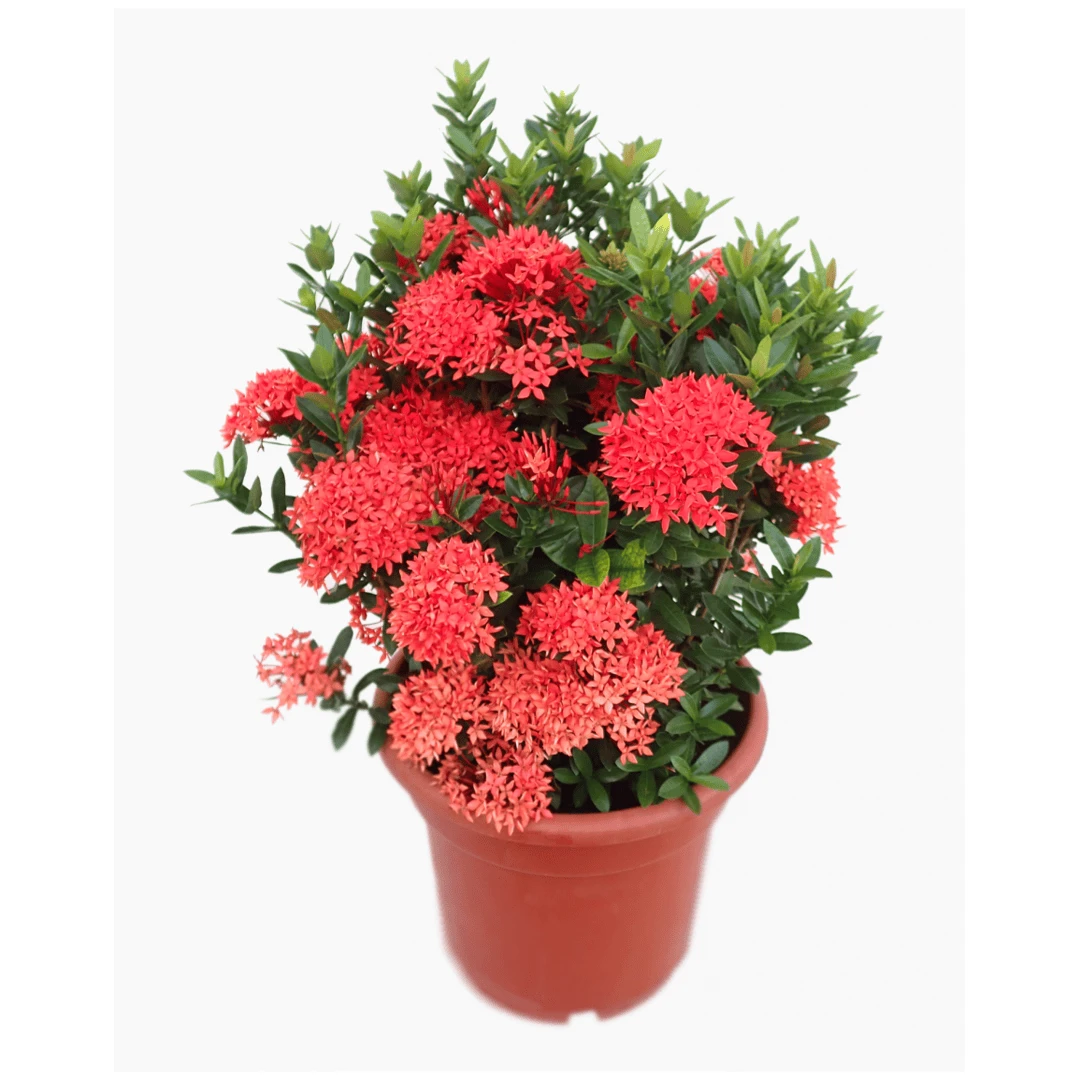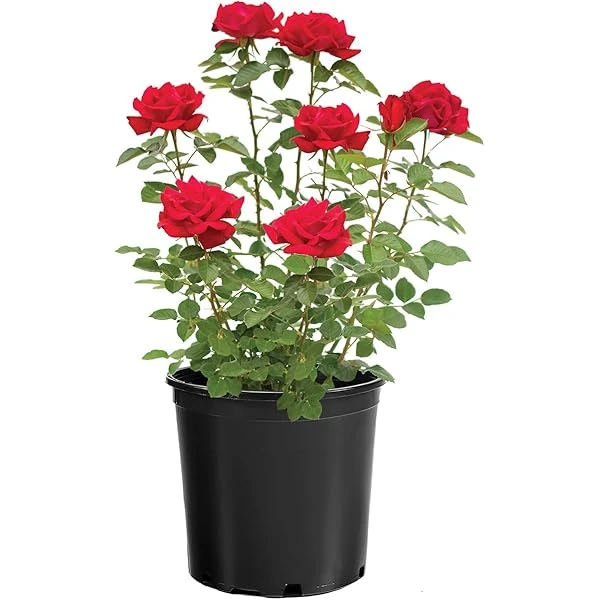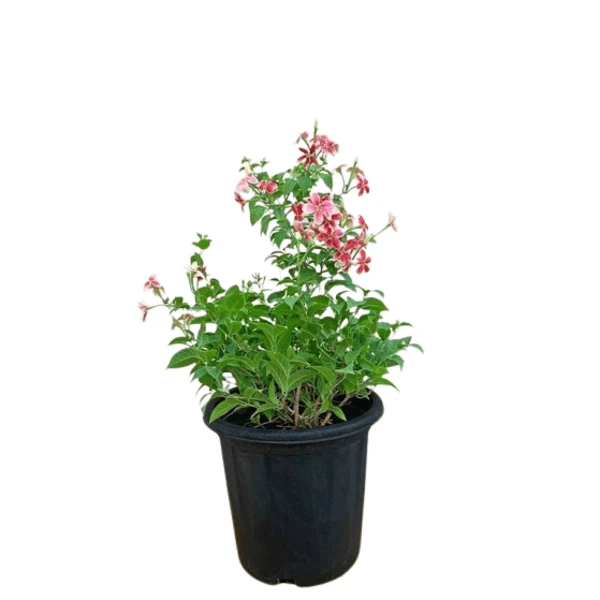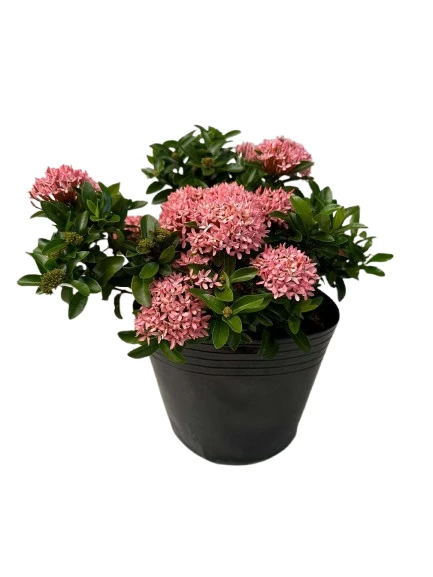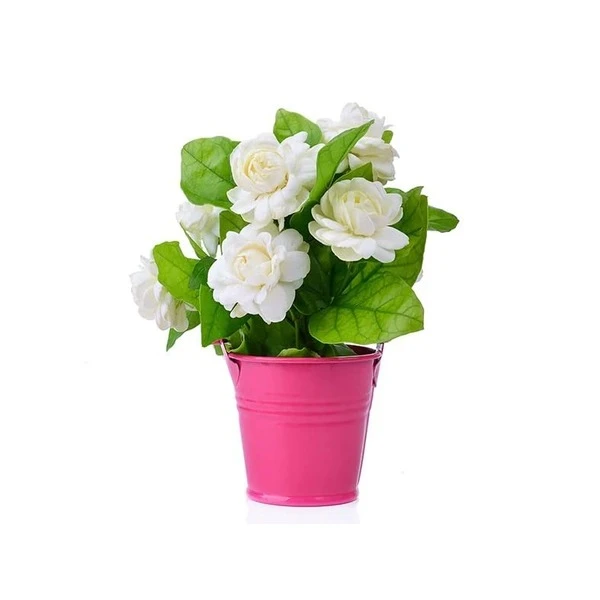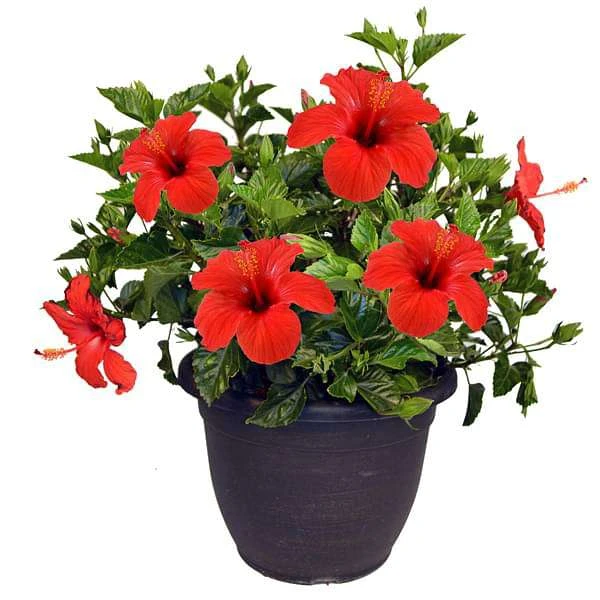The guava plant (Psidium guajava) is a small, evergreen tree or shrub native to tropical America, known for its delicious, edible fruit. It typically reaches 10-20 feet in height, with a dense canopy of glossy green leaves. The bark is smooth and reddish-brown, often peeling off in thin flakes. Guava trees produce white, fragrant flowers and a variety of fruits, ranging from round to pear-shaped, with flesh that can be white, pink, or yellow.
More detailed description:
Size and Shape:
Guava trees are relatively small, often multi-trunked, and can grow to a height of 2-7 meters (6.6-23 feet).
Bark:
The bark is smooth, thin, and copper-colored, shedding off to reveal a greenish surface beneath.
Leaves:
The leaves are opposite, elliptical to oblong, and aromatic when crushed. They have prominent veins and can be 5-15 cm long.
Flowers:
Guava flowers are white, fragrant, and typically solitary or in clusters of 2-3.
Fruit:
The fruit is a berry, typically round or pear-shaped, with a thin skin that can be green, yellow, or pinkish when ripe. The flesh inside can be white, yellow, pink, or red, and contains numerous small, hard seeds.
Habitat:
Guava trees thrive in tropical and subtropical regions and can tolerate a range of soil types, though they prefer well-drained soil with good sunlight. They are found in various habitats, including roadsides, grasslands, and near the sea.



